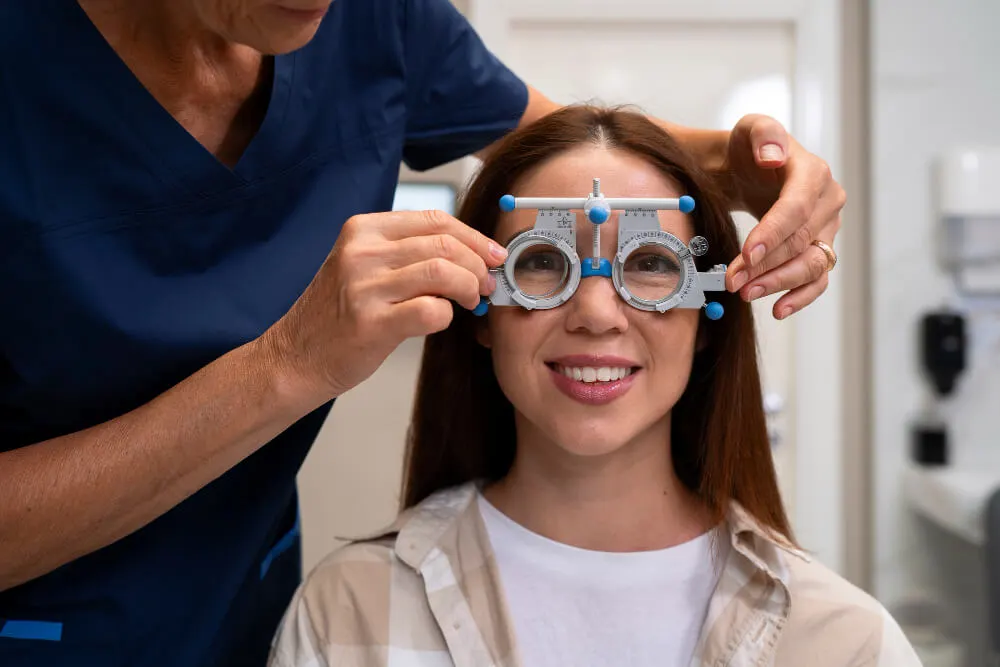The field of vision correction has evolved dramatically with advancements like LASIK, providing a fast and effective solution for those looking to ditch traditional eyewear. While LASIK is widely considered safe and highly successful, it’s important for prospective patients to be aware of possible side effects.
One common concern is the link between LASIK and dry eye symptoms. This article from your trusted LASIK eye center will explore that connection — including causes, symptoms, risk factors, and proactive ways to protect your eye health after surgery.
What Is Ocular Dryness?
Dry eye, also known as ocular dryness, occurs when your eyes don’t produce enough tears or when tears evaporate too quickly. This leads to discomfort and visual disturbances, such as:
- Burning or stinging sensations
- Gritty or sandy feeling
- Redness or irritation
- Excessive tearing (as a reflex)
- Sensitivity to light
- Blurred or fluctuating vision
This condition can affect people of all ages, but it’s especially common among women and individuals who spend long hours on digital devices.
How LASIK Can Contribute to Dry Eye
During a LASIK procedure, a thin corneal flap is created and lifted to reshape the cornea underneath. This step can temporarily disrupt corneal nerves responsible for tear production, which in turn may reduce tear film stability.
As a result, some LASIK patients experience dry eye symptoms during the healing process. Fortunately, these symptoms are usually mild and improve within a few weeks or months.
At our LASIK eye center, we take special care to evaluate and address any pre-existing dry eye conditions before surgery to minimize the risk of complications.
Who’s at Risk of Dry Eye After LASIK?
While not everyone will experience dryness after LASIK, you may be at higher risk if:
- You already have dry eyes
- You wear contact lenses frequently
- You work in dry or air-conditioned environments
- You use digital screens extensively
- You have an autoimmune condition
- You’re over 40 years old
Your eye care provider at a reputable LASIK eye center will assess these risk factors during your consultation.
How to Prevent Dry Eye After LASIK
The good news? There are several simple and proactive steps you can take to help reduce your risk of dry eye after LASIK:
Use Artificial Tears
Preservative-free eye drops can help keep your eyes moist, especially in the first few weeks after surgery.
Avoid Eye Rubbing
Rubbing your eyes can disrupt the healing process and worsen dryness.
Use a Humidifier
Maintaining a comfortable humidity level at home or work can help reduce tear evaporation.
Get Enough Sleep
Rest is essential for healing and maintaining overall eye health.
Stay Hydrated
Drink plenty of water to support tear production and keep your body functioning at its best.
Treating Dry Eye After LASIK
If dryness does occur after surgery, it’s important to seek help from your LASIK eye center or ophthalmologist. Depending on your symptoms, treatment options may include:
- Prescription eye drops
- Punctal plugs to reduce tear drainage
- Nutritional supplements (like omega-3 fatty acids)
- Warm compresses and lid hygiene routines
Prompt treatment ensures a more comfortable recovery and supports long-term eye health.
